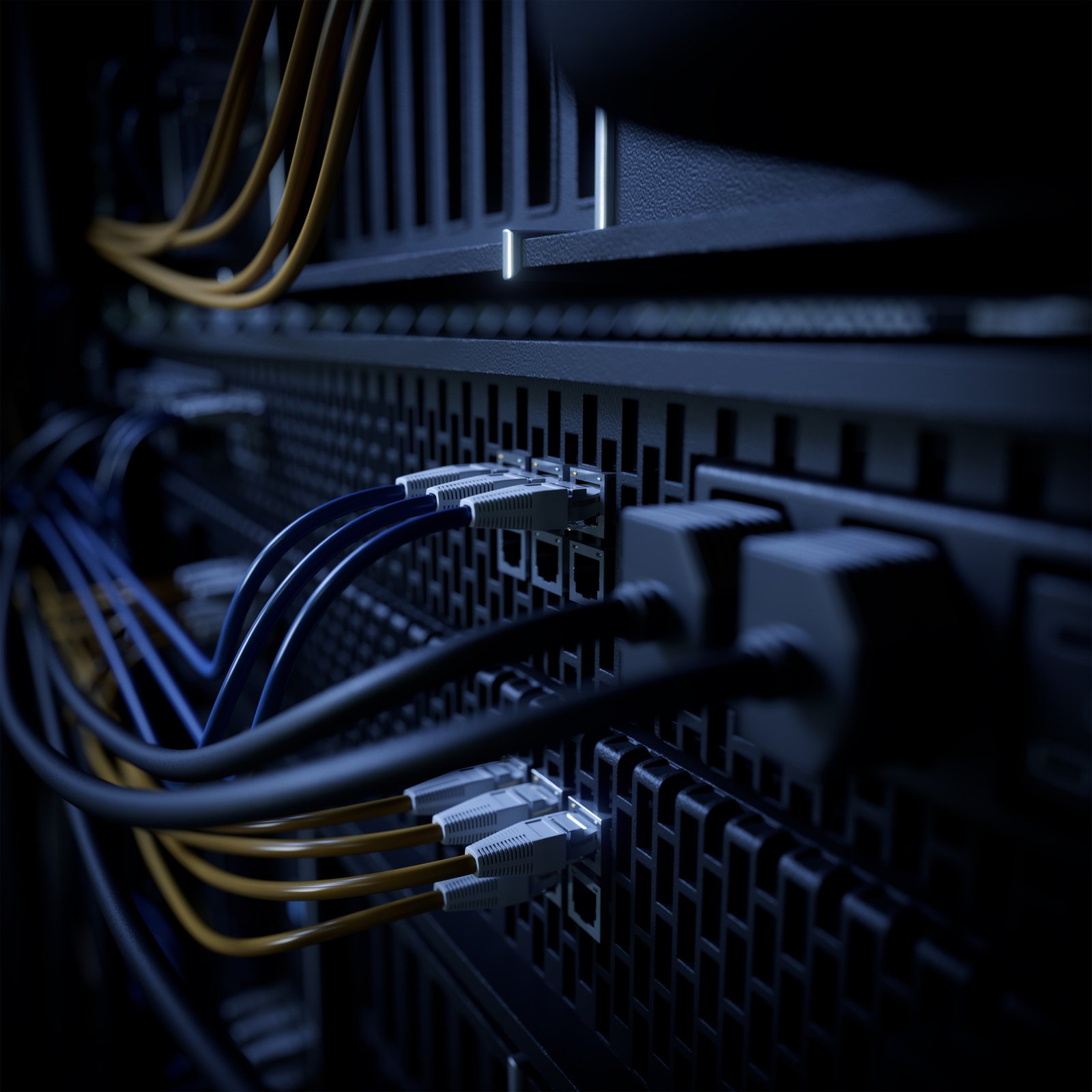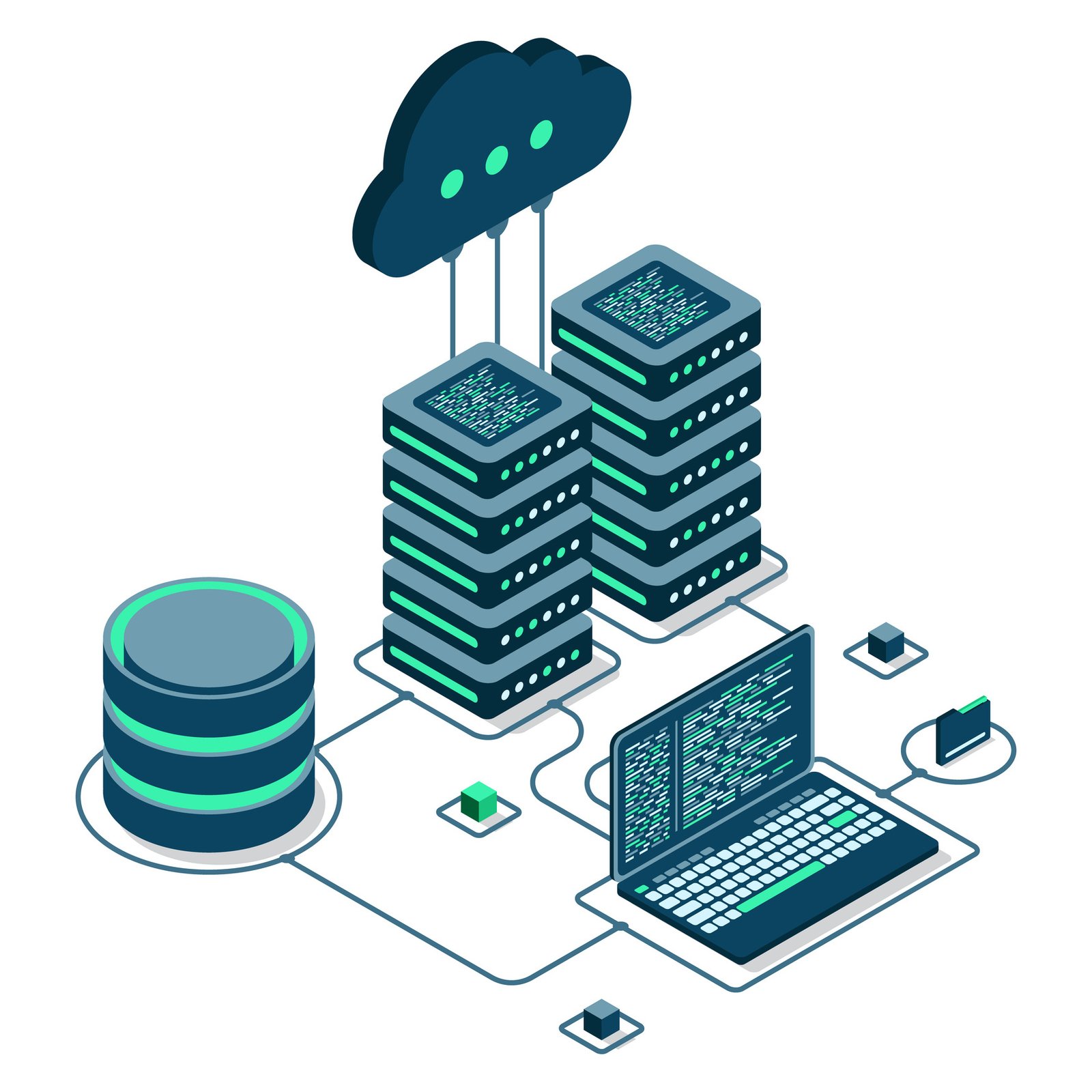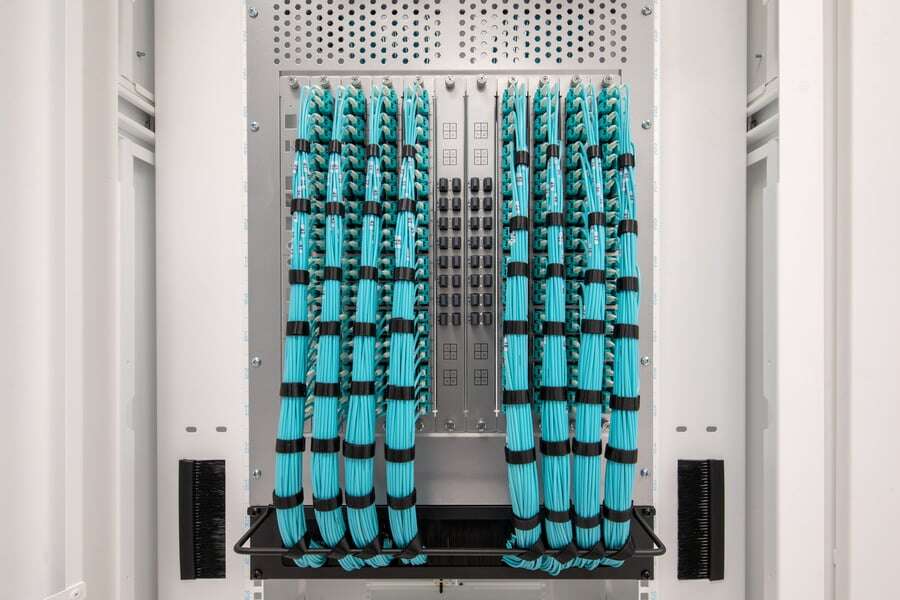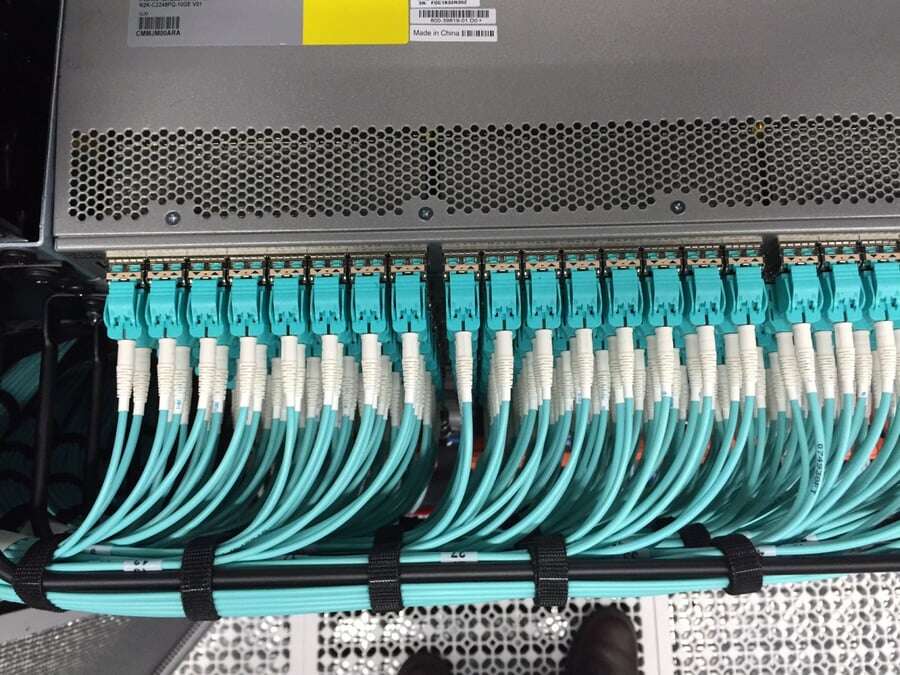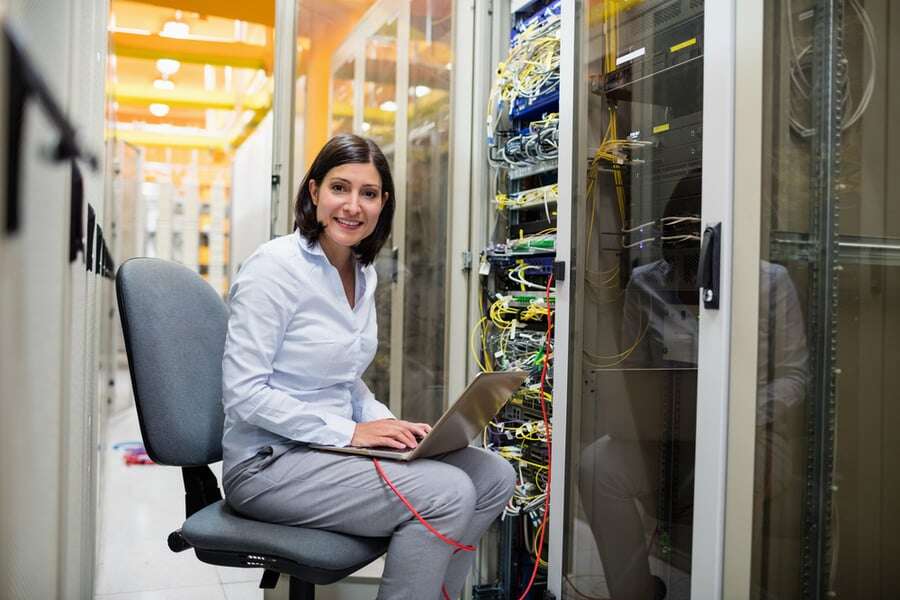How Smarter Infrastructure Decisions Support Data Center Sustainability Goals
As demand for faster, more reliable data increases, data centers are growing in size, complexity and energy consumption. Operators are investing heavily in greener cooling, power and server technologies — but one critical component often flies under the radar: the cabling infrastructure.
Structured cabling may not be the most visible part of your operation, but it plays a significant role in your facility’s overall environmental footprint. From energy efficiency and thermal performance to material use and long-term waste, the cables running through your data center impact sustainability far more than most realize.
“Operators must embrace a holistic design mindset. Power, cooling and cabling cannot be treated as separate components — they must be integrated from the outset,” writes Matt Salter in TechRadar.“High-quality cabling is another crucial yet often overlooked element.”
Making smarter cabling choices isn’t just good practice — it’s a meaningful step toward more sustainable operations.
“Many operators prioritize speed to market and opt for second-tier cabling, but this short-term gain results in long-term operational headaches and frequent retrofits,” says Salter. “Hyperscalers invest heavily in structured cabling strategies and colocation providers must follow suit to remain competitive.”
Why Cabling Matters in a Greener Data Center
While most conversations around sustainable IT focus on servers and power usage effectiveness (PUE), the physical infrastructure behind data transmission deserves equal scrutiny.
“With pressure from organizations like the International Energy Agency and the United Nations calling for a concerted effort to reduce emissions and address worsening climate change, many have argued that data centers can make a difference by taking action to reduce their environmental impact,” explains Jacob Roundy in Tech Target.
Cabling should not be overlooked in data centers sustainability.
“Arguably, cables are the most important component of virtually every data center. Without cables, you can't supply electricity to keep your servers and other equipment humming,” writes Christopher Tozzi in Data Center Knowledge. “Nor can you easily move data over the network.”
Here’s how structured cabling influences environmental outcomes:
1. Energy Consumption and Transmission Efficiency
Copper and fiber optic cables handle data and power very differently — with major implications for efficiency.
- Fiber optic cabling uses light, not electrical signals, meaning it incurs far less signal loss over distance and generates minimal heat.
- As a result, fiber systems can reduce network energy usage by up to 60 percent compared to traditional copper, especially in high-throughput environments like hyperscale and colocation data centers. Some of the latest cabling solutions unveiled at Supercomputing 2024 in Atlanta highlighted energy efficiency, consuming just three watts per chip, more than two times lower power usage than standard options.
2. Thermal Impact and Cooling Load
Thicker copper bundles impede airflow in trays and underfloor spaces, which increases the demand for mechanical cooling.
- By contrast, fiber’s slimmer profile and lighter weight promote better ventilation and reduce the thermal load.
- This translates to lower cooling energy use, which typically accounts for 30–40 percent of a data center’s electricity bill.
3. Material Sustainability
Fiber optics offer a lighter, more sustainable material footprint compared to copper.
- Copper mining, refining and transport are all resource-intensive and carbon-heavy. Fiber optic cables use silicon dioxide, a natural compound derived from silicon and oxygen, according to Home Telecom, so it does not deplete any natural resources and is readily available.
- Fiber reduces the reliance on raw metal extraction and, because it weighs less, it requires less packaging, fuel and logistics emissions in transport and deployment.
4. Longevity and Reduced Waste
Modern fiber networks are engineered for both scalability and longevity.
- This means fewer rip-and-replace cycles, less electronic waste and longer ROI cycles for the infrastructure.
- A white paper titled “Fiber Broadband Scalability and Longevity”, highlighted by the Fiber Broadband Association, explains that fiber’s scalability is virtually unlimited, supporting speeds 60,000 times higher than today’s 10 Gbps systems, and that fiber’s longevity has already exceeded 35 years since the first deployment and the average lifetime is expected to be much longer based on materials, technologies, and manufacturing processes used to produce modern, high-quality optical fiber.
- When paired with modular designs, fiber systems can also be reconfigured and reused, extending their usable life while minimizing landfill contributions.
5. Smarter Design, Less Overbuild
Over-installation is a common issue in data center cabling.
- Intelligent planning using pre-terminated fiber assemblies and high-density cabling systems prevents material waste and speeds deployment.
- Advanced layout planning also supports easier maintenance, fewer errors and less unplanned downtime, all of which contribute to a more efficient — and sustainable — operation.
Aligning with Industry Standards and Sustainability Goals
Adopting green cabling practices isn’t just good for the planet — it aligns with broader compliance and performance frameworks:
- LEED, BREEAM and ENERGY STAR certifications all value infrastructure that reduces energy and environmental impact.
- ANSI/TIA-942 and ISO/IEC 11801 provide best practices for efficient, sustainable cabling architectures.
- New ESG reporting regulations increasingly require Scope 3 emissions tracking, where upstream material choices like cabling are under scrutiny.
JLL points out that sustainability certifications are more than just boxes to check but can lead to real savings and data center optimization for operators.
“Is it a certification, or just a workplace built on sustainable principles? And how do these relate to business goals? “They are often related,” says JLL’s Connor McCauley, head of sustainability for Australia. “For example, energy efficiency can lead to savings in operational expenditure and vice versa.”
Cabling as a Strategic ESG Lever
As data volumes grow and AI workloads push networks to the limit, cabling decisions become strategic.
They influence energy usage, cooling demands, long-term scalability and even your public sustainability metrics.
“Growing expectations to understand the energy efficiency of both hardware and software assets will improve the measurement and reporting of environmental impacts,” says S&P Global research.“While the power consumption is increasingly being shifted to green sources, some elements of their operations are more difficult to switch.”
Forward-thinking operators are embracing fiber-based, modular and intelligently designed systems to support not just speed — but also sustainability.
Partner with Hexatronic for Smarter, Greener Infrastructure
At Hexatronic Data Center, we help clients build data infrastructure that performs better and leaves a lighter footprint. From design to installation, our certified technicians ensure your cabling systems are scalable, efficient and aligned with your environmental goals.
Whether you're upgrading an existing facility or planning a greenfield deployment, we’ll help you make sustainable choices without compromising performance.
Let’s build a smarter, greener future — one cable at a time. Contact Hexatronic today to learn how.



